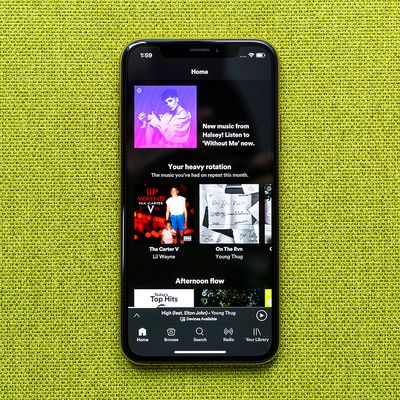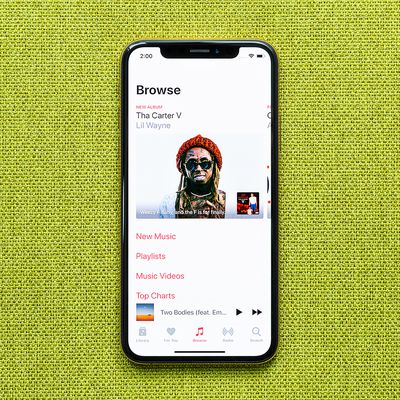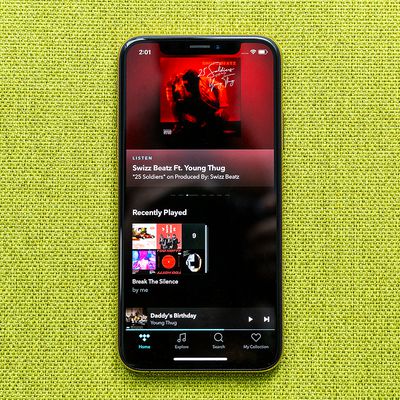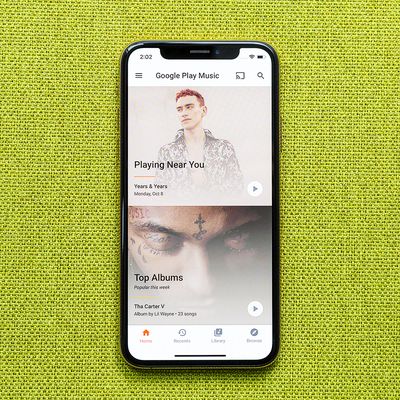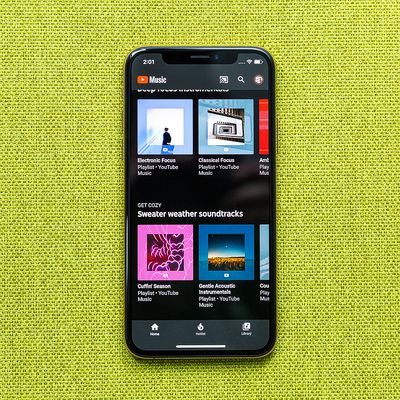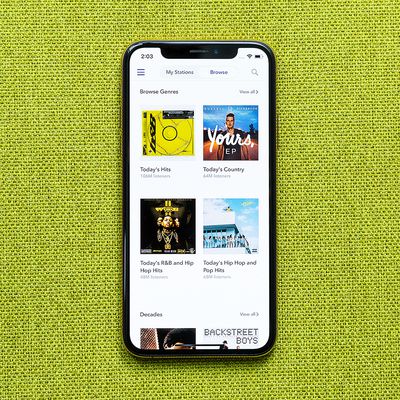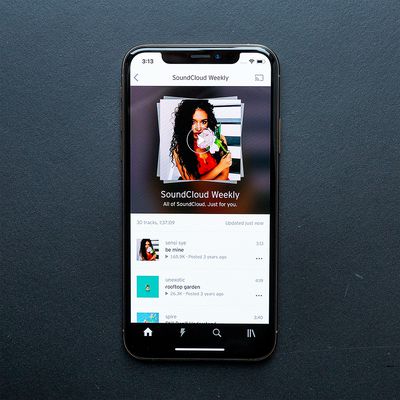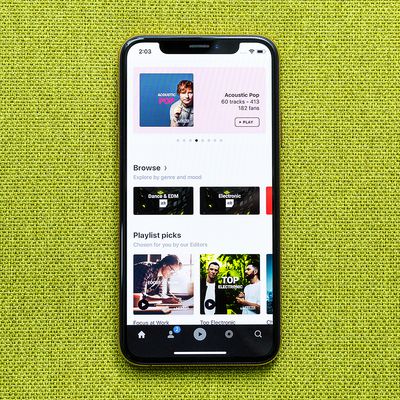You probably already know that listening to music no longer requires trips to a music store, or purchasing individual songs or albums from iTunes to download to your computer. Today’s best music streaming services have millions of songs in their catalogs, offer personalized playlists, and feature exclusive internet radio shows and podcasts. But which should you pick and pay a subscription fee for?
A good streaming music service has a straightforward user interface that makes it easy to organize a library of thousands of songs or playlists across the web, Android, and iOS apps, and in some cases, a desktop Mac or Windows app. However, while most music streaming services have these features, most of them aren’t free, and nearly all services require paid plans that grant you access to a full on-demand library of music and other features.
While testing these music streaming services, I considered factors like audio quality options, social integration, and built-in lyrics. It’s also absolutely necessary that your streaming app plays nice with more than one personal device. These are all important points when considering which music service to pick and ultimately, make for a better listening experience.

Spotify is the best streaming music service for a variety of reasons, but there’s one in particular that stands out. It has the most consistent iOS, Android, Mac, and Windows experience. It’s far from perfect, of course, but features rolled out to the iOS version follow on Android not too soon after. Competing music services sometimes have issues with certain platforms, like the clunky Android version of Apple Music or the Windows app for Tidal that sometimes won’t load.
Other than having a unified app experience, Spotify has a large catalog of music (35+ million songs), the best playlist recommendations, useful, yet non-intrusive social features, and a variety of plans (including student discounts) that make it great for most music listeners with a smartphone and some headphones.
It’s also one of the streaming services (alongside Amazon Music and Apple Music) that supports offline listening for both mobile and desktop, which is useful when you’re doing work and don’t want to eat up bandwidth or using your device on a plane without internet. Spotify is also supported by most smart speakers and smart devices, so it’s almost universally available on all platforms.
However, Spotify isn’t without shortcomings. There’s no hi-fi option, the app can misbehave when you have a poor cell connection, and uploading purchased songs to your desktop Spotify library is a convoluted process. Still, Spotify’s mobile and desktop experiences are fast and easy to understand.
Spotify’s pricing also set the precedent for other music streaming apps. It has a compelling free option on desktop, a $4.99 option for students (US only), the standard $9.99 premium option that lets you download and stream on all your personal devices, and finally, a $14.99 family plan (for six users total).
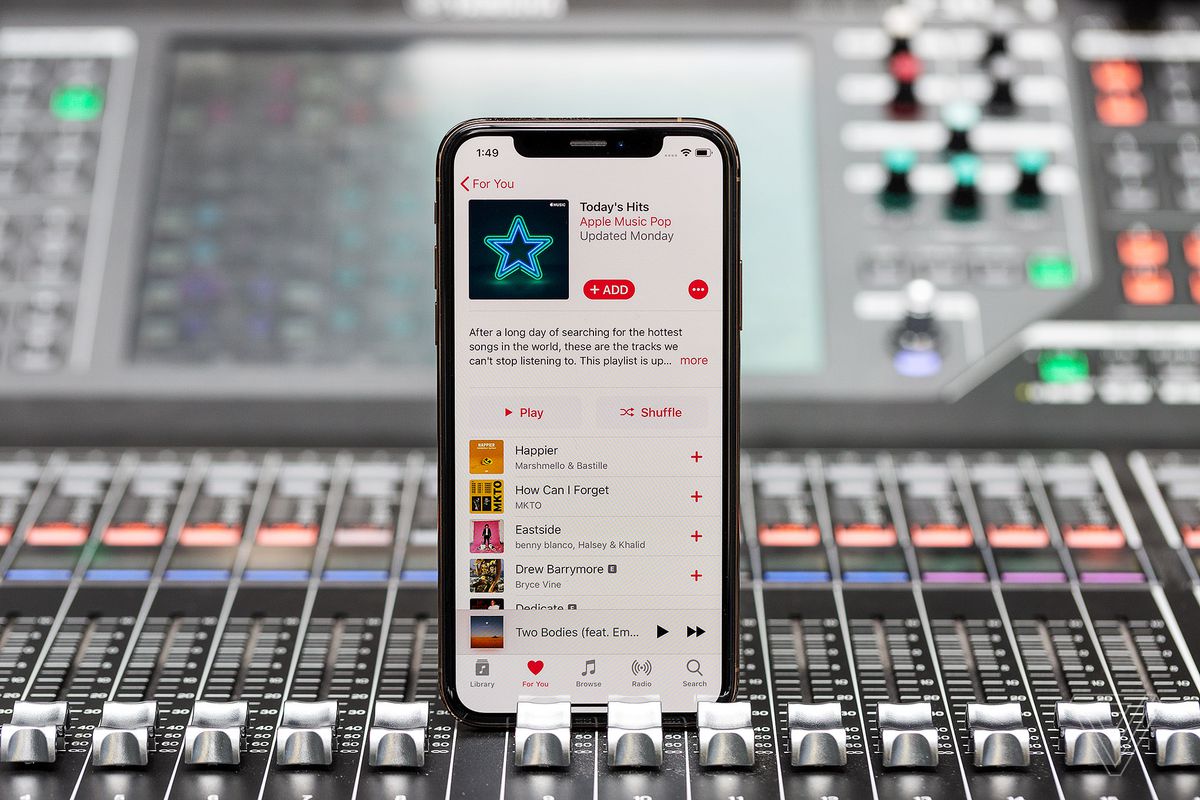
Apple Music has a lot going for it that’s pegged on exclusivity. Beats 1 is home to many top-tier artists that use their respective radio shows to demo and tease new music and collaborations. If you’re a fan of certain popular artists, you might find that the first chance you’ll have to hear their new music is on Apple Music, not Spotify or Tidal. Sound quality is usually better than Spotify’s, thanks to Apple Music using a 256kbps AAC bitrate, compared to the max 320kbps Ogg Vorbis bitrate used by Spotify.
Banking on this sense of access and being “in the know,” Apple Music tops this off with artist’s music videos, adding a visual treat you can enjoy without having to go to another app. However for comparison, Tidal, YouTube Music, and Spotify are the other streaming services that offer music videos built into the app. Of those, only Spotify has short vertical videos for a few of its popular songs; Apple Music does not.
Apple Music also has a digital locker feature that subscribers can take advantage of, to the tune of 100,000 songs. Although, you should be hard-pressed not to find your purchased music in Apple Music’s library of over 50 million songs. You can also save these songs for offline listening on iOS, Android, Mac, Windows, and the Apple Watch.
The iOS, Android, and desktop apps are my least favorite user music streaming interfaces. The abundant use of hot pink accents and white backgrounds everywhere isn’t the most comfortable to view at night. On Android, the Apple Music app feels even more out of place and occasionally had problems staying open on my Pixel 2 XL. Using Apple Music on a desktop requires you to use iTunes, an app that’s slow, cumbersome, confusing, and long overdue for a redesign. Apple Music has definitely not been blessed with the most beautiful interfaces the designers at Cupertino have released.
Apple Music’s pricing is similar to Spotify and other services: $9.99 monthly or $14.99 for a family plan (up to six users), with student discounts varying by country.
Other options
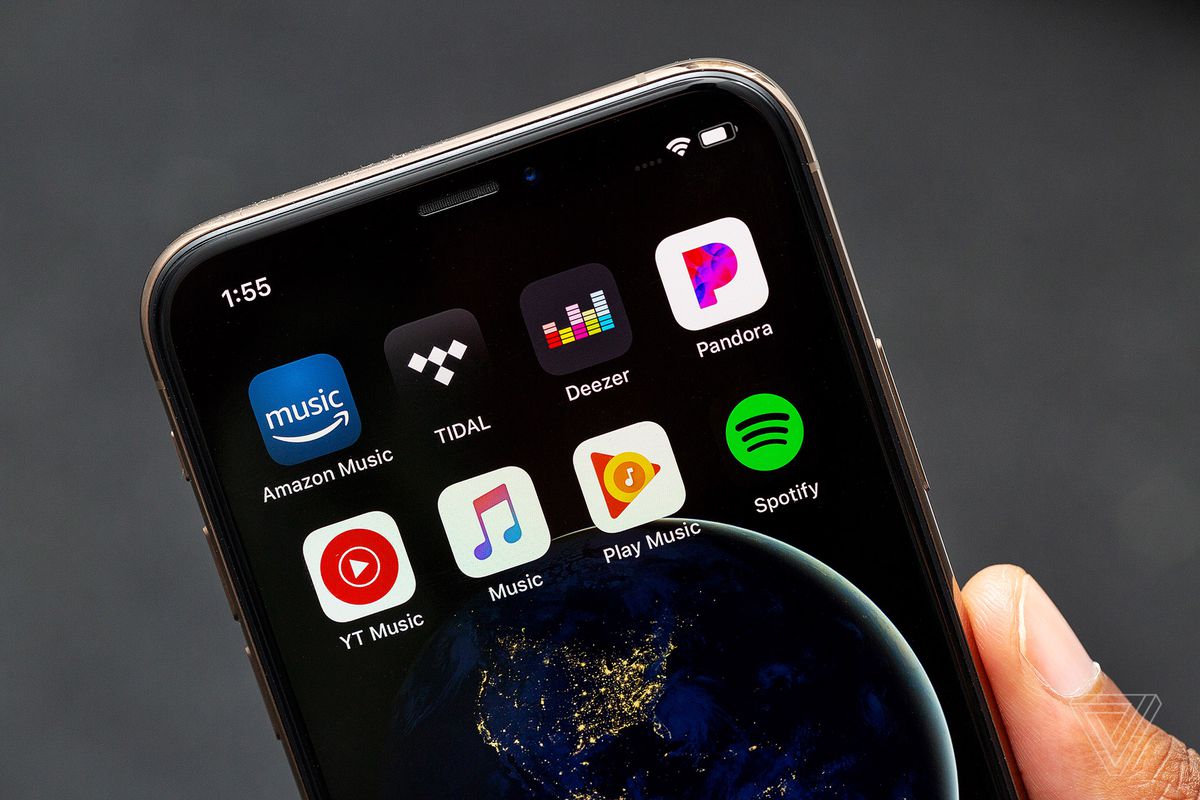
If you’re an audiophile — someone who is enthusiastic about hi-fi reproduction — and want to use a streaming service, there are some good alternatives.
For those that have audio hardware capable of taking advantage of lossless hi-fi, then Tidal or Deezer’s $20 lossless plans might be good options. Tidal has a $9.99 on-demand plan as well, but it doesn’t get you the higher sound quality.
On the flip side, casual listeners who want a more radio-style streaming service can opt for the $5 radio-only, no ads version of Pandora; it also includes on-demand streaming, but it’s less mature than its competitors in terms of playlist recommendations and library management.
But what if you have thousands of songs you’ve already purchased the old-fashioned way? If you want the benefits of uploading your music to the cloud and a music streaming service to back that up — that is more consistent on Android and the web — then Google Play Music is the perfect option. However, next year Google is merging YouTube Music with Play Music into a new service with a music uploading feature, so it might be worth waiting.
Vox Media has affiliate partnerships. These do not influence editorial content, though Vox Media may earn commissions for products purchased via affiliate links. For more information, see our ethics policy.

